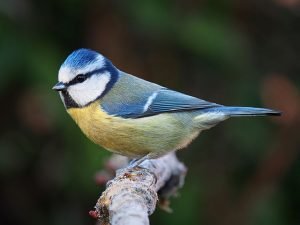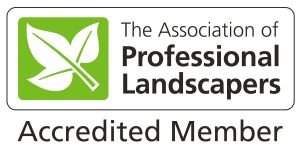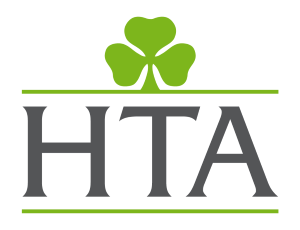
You may have seen my earlier posts about this weekend’s Big Garden Birdwatch and hopefully you are all set with bird book and notepad to hand. Well before you start, here are a few more tips that will make it even more fun and interesting:
1. Stock up on seeds and nuts, particularly sunflower seeds and peanuts (natural NOT salted or dry roasted!). Gather up any over-ripe apples or pears and collect any old windfall apples too. Put out the food early on Saturday in different locations around the garden so that the birds start to find it and tell their friends. That way you’re likely to have more visitors on Sunday. Don’t forget to make sure there is clean water available too and that everything is well out of reach of other pets and young children.
2. Do your homework – take a look through your bird book or the RSPB site to familiarise yourself with what you are hoping to see. You can expect to see all the usual suspects like Robins, Blackbirds, Starlings, House sparrows, Wood pigeons and Collared doves.

3. Peanuts will attract Blue tits and Great tits and if you’re lucky Coal tits which look a bit like a Blue tit but generally greyer with a white patch on the back of its head. If you’re really lucky you may also see a Marsh tit with it’s black cap, pale front and grey/brown back. Tiny Goldcrests and Nuthatches will also love nuts.
4. Sunflower seeds are favourites of the Finches, the most common being the Chaffinch. If you look carefully you might see a Brambling which is very similar but has more orange than pink and more black and white plumage visible when it flies. Greenfinches also love nuts and seeds but the real treat this year would be a Goldfinch. It’s red and white face with black cap, light brown body and bright yellow streak within black wings is easy to identify if you are lucky enough to see one.
5. Cousins of the Blackbirds and Song Thrush, coming all the way from Scandinavia and Russia, are Field Fares and Red Wings visiting for the winter, so look out for them too.

6. Knock knock.. who’s there? You might be lucky enough to see a Great Spotted Woodpecker amongst trees, with its distinctive red nape of neck and black and white plumage. If you’ve got a large garden with a big lawn, you might also see it’s relative the Green Woodpecker hunting for insects on the ground.
7. Look low down at the base of hedges or amongst the shrubbery for the little Wren scrabbling about searching for insects amongst leave debris. Look high amongst Conifers and pine trees to spot a Crossbill with it’s distinctive crossed beak.
Finally, if you’ve managed to attract these welcome new visitors, watch out for a low and fast-flying dark shadow making a speedy ambush over the hedge – it could be a Sparrow Hawk hunting Finches or Tits. The male is smaller and blue/grey, while the female is about the size of a small pigeon and will often attack Blackbirds and thrushes.
Good Luck and let us know how you get on.

New products in the GreenArt shop
We at GreenArt can provide help at any level
From planning a wildlife garden, building hides, constructing ponds and streams, creating paths and planting trees and shrubs.








